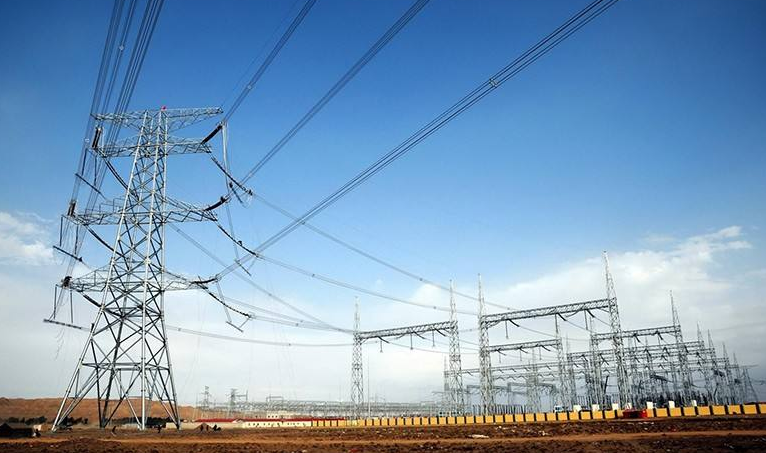Power Transmission
Date:2019-06-03Source:Views:
The conductors of overhead transmission lines are mainly ACSR (Aluminium conductor steel reinforced) and related products for a long time. But now the rapid development of the electric power industry has prompted the researchers of various countries to research and develop new types of conductors.
Polymer organic composite material is a new material developed in the late 1970s. Its weight is about 1/4 of that of steel, 2 times of strength and 5 times of hardness. Due to its advantages of light weight, high strength, good thermal stability, good insulation performance and corrosion resistance, it was applied to various fields such as building materials, chemical industry, aerospace, automobile, sporting goods (skis, surfboards), yachts, medical equipment, household goods, furniture and so on very soon.
With the continuous progress of material science, in the 1990s, organic composite material was used to make the conductor instead of metal material, and several composite composite core conductors was developed. Compared with the existing kinds of overhead conductors, this new type one has the advantages of light weight, high strength, high temperature resistance, corrosion resistance, low line loss and low tension.

Carbon fiber conductor, its core is a single core rod made up of carbon fiber as the center layer and basalt, glass fiber coated, outer layer and adjacent outer aluminum wire strands as trapezoidal section. Compared with ACSR, when the same outer diameter, carbon fiber conductor outer allows winding over 29% of the conductive aluminum lines: in the same aluminum section, finished product weight is 10-15% lighter than ACSR. The JRLX/T carbon fiber conductor introduced by Far East Composite Technology can reach 180°C in the innermost layer and 165C°C in long-term continuous operation. The conductivity of soft aluminum in the conductive part of carbon fiber conductor can reach more than 63% IACS. 6.3% line loss will be reduced at the same temperature. Therefore, carbon fiber conductors have obvious economic value and social benefit in the reconstruction of new power transmission lines or old lines.
Features are as follows:
● The maximum transmission capacity will be doubled;
● High strength, double tensile strength;
● Low linear expansion coefficient, with low sag characteristics, it is the best way to solve the sag problem;
● Arch compact structure, conductor part area increased by 29%;
● The steel core of inner layer is replaced by carbon fiber composite core;
● 10-20% lighter than conventional wires;
● Able to operate effectively for a long time under high temperature (165°C), with the maximum operating temperature up to 180°C;
● Non-magnetic materials, reduce radio interference;
● Low line loss, energy saving;
● Reduce project cost and save investment;
● Strong resistance to environmental degradation and natural disasters.

